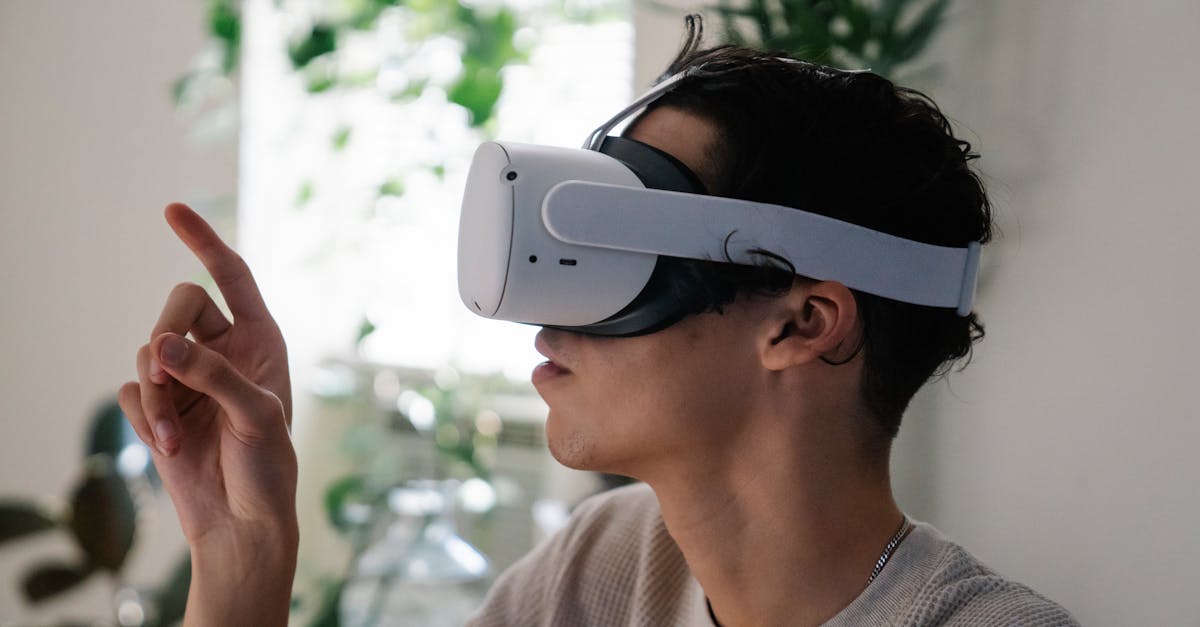Innovations in Immersive Audio 2025
Introduction
As we venture into 2025, the audio landscape is undergoing a seismic shift with the onset of immersive audio innovations. Harnessing technological advancements, audio has transcended traditional boundaries, providing experiences that mimic reality like never before. From cinematic soundscapes to personal audio encounters, the world is buzzing with transformative possibilities. But what exactly constitutes immersive audio? How do these innovations alter our engagement with sound? At the core, immersive audio refers to technologies that envelop listeners in a sound field, creating a spatial and three-dimensional auditory experience. As the industry reaches this new frontier, the focus lies on enhancing realism, audience engagement, and revolutionizing auditory experiences worldwide.
Advertisement
Defining Immersive Audio
Immersive audio can best be described as an intricate sound experience that envelops listeners in a 360-degree soundscape. Unlike conventional stereo sound, immersive audio enhances perception by adding height elements, making it analogous to natural human hearing. Dolby Atmos and DTS:X pave the way for innovations by allowing sound to move from all directions, around and above the listener, fostering a fully immersive experience. Immersive audio transcends the confines of traditional audio channels, liberally using sound objects that can be precisely placed anywhere to offer an unprecedented level of engagement. This technology integrates seamlessly into various platforms, from cinema to live concerts, ensuring audiences receive enriched experiences that resonate with them on a deeper level.
Advertisement
Technological Innovations Shaping the Future
Recent technological advancements have laid the groundwork for immersive audio's rise to prominence in 2025. With the introduction of AI-powered sound processing and machine learning solutions, audio production has become richer and more adaptive. Augmented reality (AR) and virtual reality (VR) provide a fertile playground, fusing visual and spatial audio to maximize immersion. Spatial audio delivers richer sound detail through algorithms that recreate how sound interacts with environments, employing techniques like binaural rendering to make listeners feel present in the scene. This groundbreaking combination of technology is set to redefine audio experiences across entertainment, communication, and education.
Advertisement
Applications in Virtual and Augmented Reality
Virtual and augmented reality have emerged as key sectors revolutionized by immersive audio experience. VR-headsets now extend beyond visual immersion, incorporating advanced soundscapes that synchronize precisely with on-screen elements. Multiplayer games utilize spatial audio to customize experiences for each user, so players can locate opposition and allies by listening alone. AR applications enhance real-world objects with auditory elements, guiding and immersing people in information overlays in real-time. Museums, for example, employ AR-enhanced tours providing personal lectures that correspond with one's location, fostering an educational experience that feels personalized and direct, thanks to immersive audio.
Advertisement
Cinema's Evolution into an Immersive Experience
Cinema has long chased immersive soundscapes, but 2025 is introducing a new golden age of auditory technology. Movie theatres are incorporating floor-to-ceiling speaker setups that envelop audiences in their seats, each sound meticulously placed to match what occurs on screen. Directors now harness these systems to heighten realism, directing headphones or speaker systems to cultivate tension, excitement, and emotion. Beyond traditional cinema, platforms like Netflix and Disney+ are adding support for these formats, ensuring everyone enjoys home cinema that mingles the cinematic experience with home comfort.
Advertisement
Home Audio's Leap Forward
The home audio sector has not lagged behind, with every room now a potential canvas for immersive experiences. Wireless speaker ecosystems, such as Sonos and Apple's HomePod, are easily synced to create authentic surround sound, making immersive audio more accessible than ever. Compact soundbars with built-in support for Dolby Atmos offer quality surround sound solutions for cozy spaces. Headphones, too, are evolving quickly—offering enhanced binaural audio for dynamic soundscapes that shift with listener orientation, making solitary listening deeply engaging. Home audio becomes a key battleground for differentiation and innovation within immersive audio in 2025.
Advertisement
Immersive Sound in Automotive Interiors
The automotive industry is also benefiting from immersive audio, transforming car interiors into multi-sensory environments. Advanced spatial audio systems ensure that each passenger receives an optimally tuned auditory experience, independent of seating location. These systems adapt to ambient sound levels, allowing drivers to navigate safely with unobtrusive sound cues. Anchoring auditory elements to specific areas within the car enhances user comfort. Efforts to integrate augmented reality into driving—including warning sounds, navigational alerts, and updates—embody the automotive industry's creative pursuit of a seamless fusion of technology and audio innovation.
Advertisement
Breaking Boundaries in Live Events
Live performances are transforming, with concert organizers pushing boundaries through immersive audio experiences. Each concert venue is turning into a dynamic arena where sound travels directionally, enveloping the audience. Audio engineers are experimenting with portable, multi-source speaker arrays that redefine sound travel. Virtual concerts are becoming more popular, sparking the creation of hybrid events where virtual attendees gain an authentic auditory experience regardless of distance. Even theme parks and theatrical productions are revitalizing their sound to deliver fully interactive experiences that involve all senses, merging entertainment with performance art.
Advertisement
Healthcare and Therapeutic Applications
Innovative soundscapes are entering healthcare settings with heightened pace and purpose. Immersive audio therapies are a welcome addition as they provide patients with calming, stress-reducing environments. Mental health professionals capitalize on these advancements, integrating nature-inspired soundscapes into treatment plans. Audiologists and therapists help personalize auditory experiences to cater to individuals' therapeutic requirements, enabling effective auditory-based rehabilitation that may otherwise remain a challenge. Holistic healthcare research explores immersive audio's untapped capacity to shift mental states, manage pain, or improve cognitive functioning, marking significant innovation 2025's auditory landscape.
Advertisement
Conclusion
The advent of immersive audio technology in 2025 marks a leap forward in how sound is perceived and experienced. Whether enhancing cinema, home audio, live events, or healthcare, this innovation offers myriad possibilities. As immersive experiences continue to evolve, there’s a commitment to authenticity and integration across all fields, fusing technology with creativity. The future of audio lies in blending reality with imagination, driven by an insatiable quest for new and enriching encounters. Wherever the journey takes us, immersive audio is set on a trajectory of growth, echoing profound changes across industries and human experience.
Advertisement







